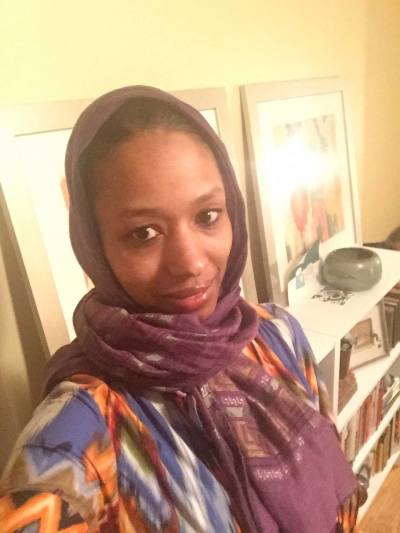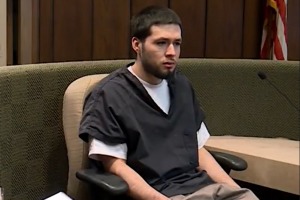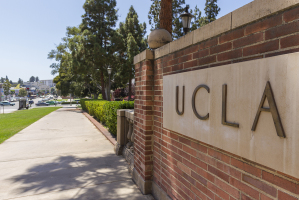What the Wheaton, Larycia Hawkins, 'Same God?' Controversy Really Needs

The Wheaton College controversy involving Professor Larycia Hawkins can be boiled down to this: the integration of faith and learning is more than just a buzzword.
Taken seriously, integrating faith with learning involves pushing faculty and students to "think Christianly" about their subject matter. It is not neat, and it is not predictable: God, although He is good, is certainly not tame.

Integrating faith with learning necessarily involves a good bit of coloring outside the lines of our finite and fallen understandings of the way we Christians ought to live and think as we continually reexamine the ways we live out our faith in our particular cultural and historical contexts; although God never changes, our faith should be ever-deepening. Culture and history never stop changing, and the Church should be reformed and always reforming.
Yes, mistakes will be made; indeed, given how little our finite minds can understand of an infinite God and how insidious our sinful minds are at twisting what we can understand, mistakes are inevitable. This is why this needs to be done in community, in the light of Scripture, and under the guidance of the Holy Spirit.
If the Church is truly a community bound together by a common love of God, then the standard to which we ought to strive is not to be on one side or the other of a carefully policed outer boundary line but to be as close as we can to the center and to help each other in getting there.
How to proceed?
I'd borrow a 17th-century Reformer's phrase: "In essentials, unity; in non-essentials, liberty; in all things, charity."
And, in deciding what is essential and what is non-essential, we need an awareness of our own fallenness and fallibility, and a humble reliance on God to help us muddle through without making too many mistakes.




























